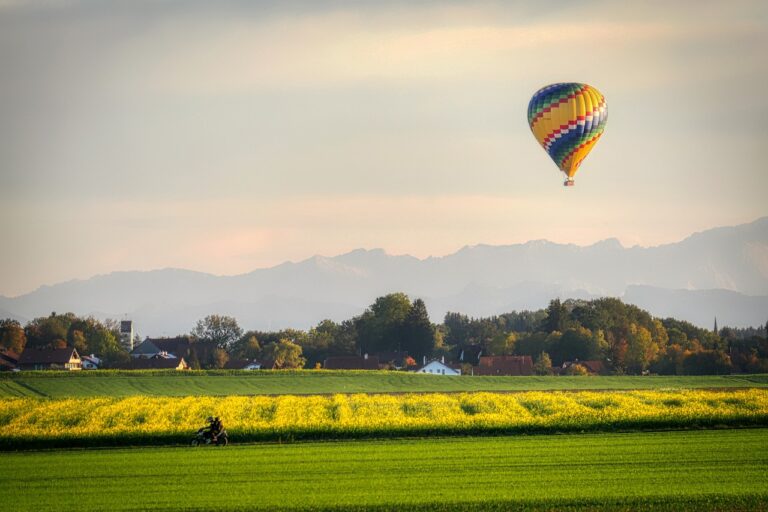Writing for Post-Apocalyptic Documentaries: Examining Ruined Worlds: Tigerexch, Golden77.com, Sky 99 exch
tigerexch, golden77.com, sky 99 exch: Writing for Post-Apocalyptic Documentaries: Examining Ruined Worlds
In the world of documentary filmmaking, post-apocalyptic themes have become increasingly popular. Films and series that explore ruined worlds, dystopian societies, and the aftermath of global catastrophes captivate audiences with their bleak yet captivating narratives. As a writer for post-apocalyptic documentaries, it is crucial to craft compelling scripts that effectively convey the devastation and despair of these fictional worlds.
Research and Worldbuilding
Before diving into the writing process, thorough research and worldbuilding are essential. Take the time to study various post-apocalyptic scenarios, such as nuclear fallout, environmental collapse, or pandemics, to create a believable and immersive world for your documentary. Consider the societal structures, technological advancements, and survival strategies that would emerge in a post-apocalyptic setting.
Character Development
While post-apocalyptic documentaries may not focus on traditional character arcs, incorporating compelling individuals or groups can add depth to your narrative. Develop characters that embody the struggles and resilience of the human spirit in the face of adversity. Their personal stories can serve as a lens through which audiences experience the ruined world around them.
Visual Imagery and Atmosphere
Visual imagery plays a crucial role in conveying the desolation and destruction of a post-apocalyptic world. Describe the barren landscapes, dilapidated structures, and remnants of civilization in vivid detail to paint a vivid picture for viewers. Utilize atmospheric elements like lighting, sound design, and music to enhance the haunting ambiance of the documentary.
Narrative Structure
When crafting the narrative structure of your post-apocalyptic documentary, consider the pacing, tension, and emotional resonance of the story. Build suspense by revealing the world’s secrets gradually, keeping audiences on the edge of their seats. Use flashback sequences, voiceovers, and interviews to provide context and depth to the narrative.
Exploration of Themes
Post-apocalyptic documentaries offer a unique opportunity to explore themes of survival, resilience, loss, and hope in a world on the brink of collapse. Address ethical dilemmas, moral ambiguity, and the consequences of human actions in the face of disaster. Use symbolism, allegory, and metaphor to delve into the deeper layers of your narrative.
Conclusion: Crafting a Compelling Post-Apocalyptic Documentary
Writing for post-apocalyptic documentaries requires a careful balance of research, worldbuilding, character development, visual imagery, narrative structure, and thematic exploration. By immersing yourself in the ruined world you create, you can craft a compelling and thought-provoking story that captivates audiences and leaves a lasting impact.
FAQs:
Q: How can I make my post-apocalyptic documentary stand out from others?
A: To make your documentary stand out, focus on originality, character development, visual storytelling, and thematic depth. A unique premise, compelling characters, stunning visuals, and thought-provoking themes will set your film apart from the rest.
Q: What are some common pitfalls to avoid when writing for post-apocalyptic documentaries?
A: Avoid clich鳬 stereotypes, predictability, and lack of depth in your writing. Create a nuanced and immersive world that subverts expectations and challenges viewers’ perceptions of the post-apocalyptic genre.
Q: How can I connect with my audience on an emotional level through my writing?
A: To connect with your audience emotionally, focus on character-driven storytelling, genuine human experiences, and universal themes of love, loss, and survival. By tapping into the universal aspects of the human experience, you can create a powerful and resonant narrative that resonates with viewers.







